
50 Seiko Watches
-
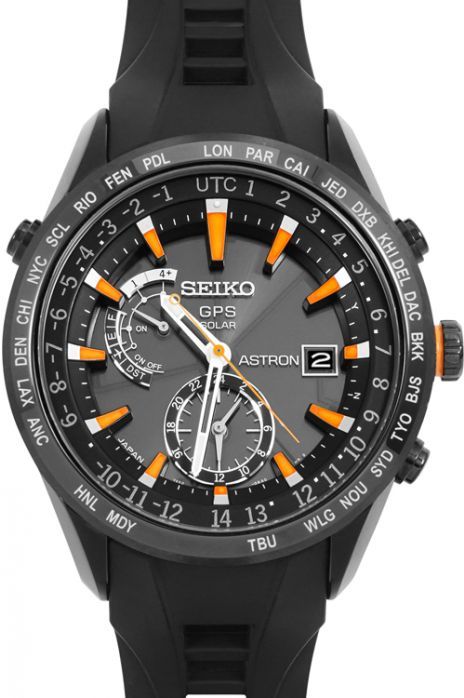
SeikoAstron
2015 47 Mmsold out -
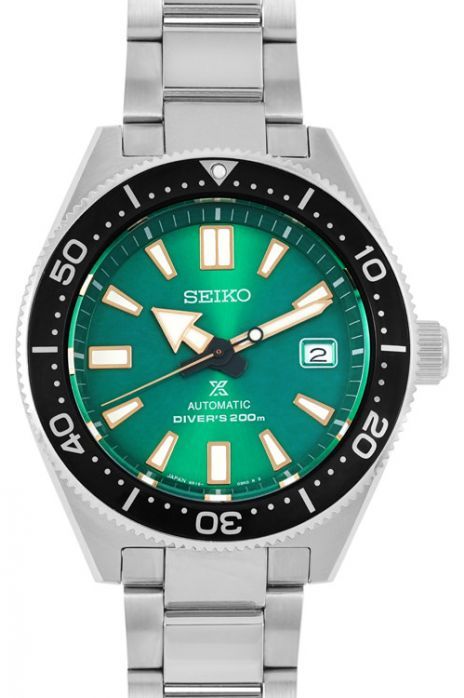
SeikoProspex
2018 42.5 Mmsold out -
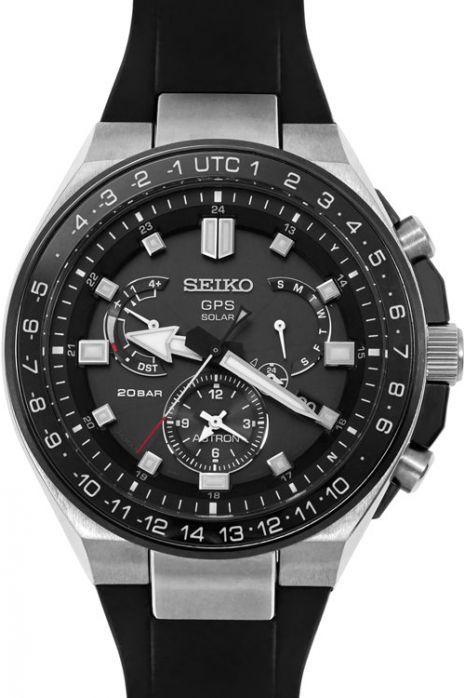
SeikoAstron
2019 46.7 Mmsold out -

SeikoAstron
2015 50 Mmsold out -
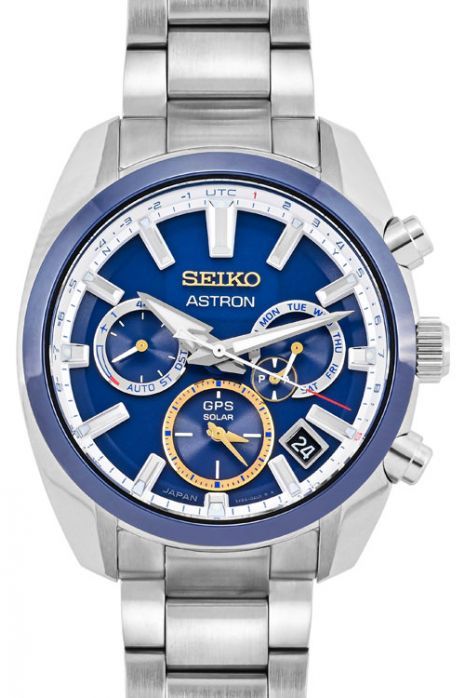
SeikoAstron
2021 42.7 Mmsold out -
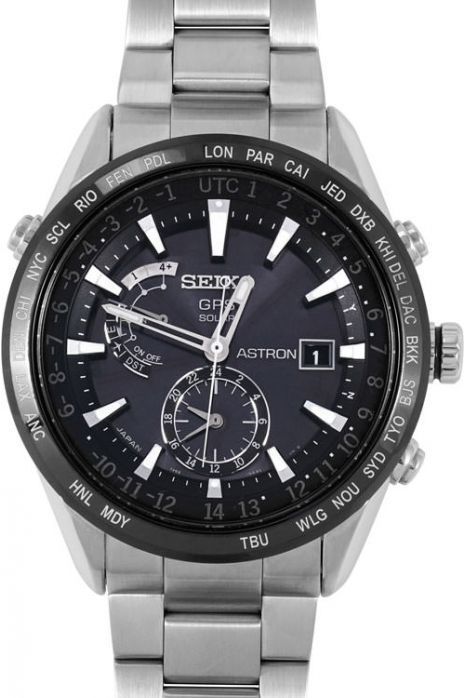
SeikoAstron
2014 47 Mmsold out -
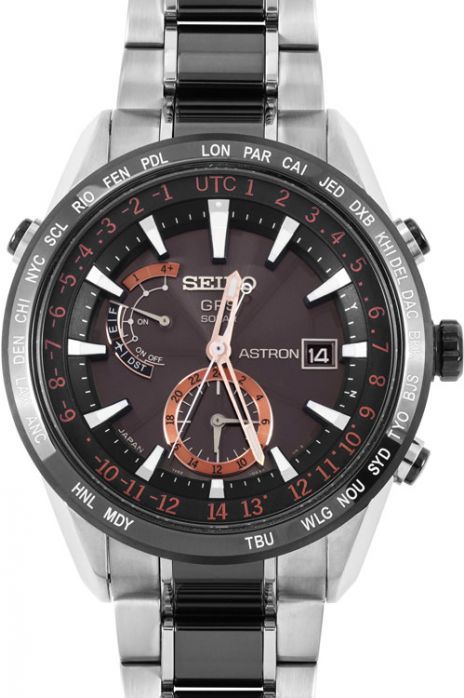
SeikoAstron
2014 47 Mmsold out -
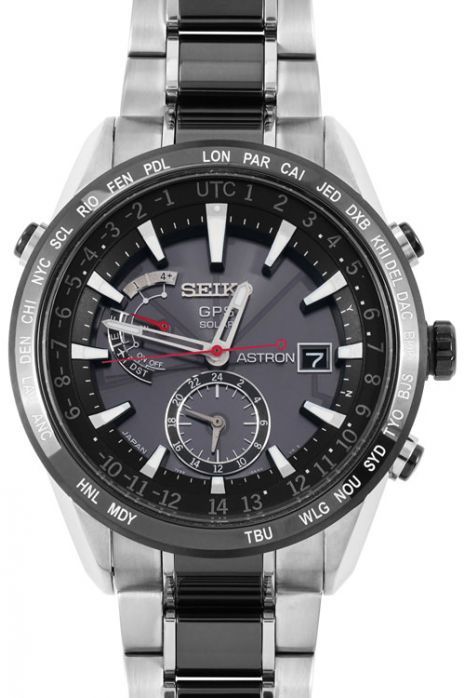
SeikoAstron
2014 44 Mmsold out -

SeikoAstron
2020 48 Mmsold out -

SeikoAstron
2023 46.7 Mmsold out -
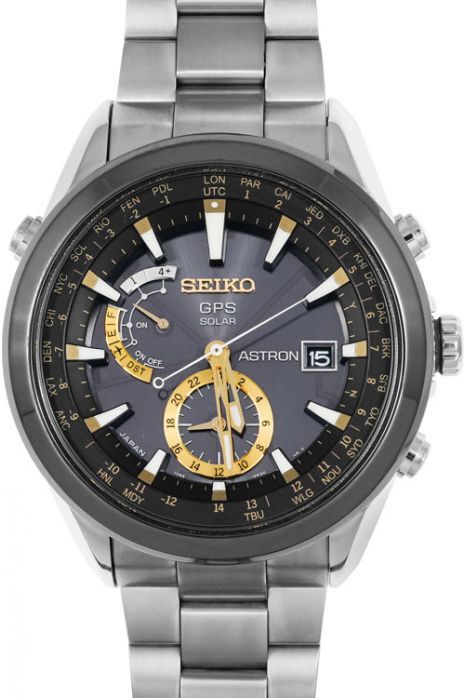
SeikoAstron
2015 47 Mmsold out -
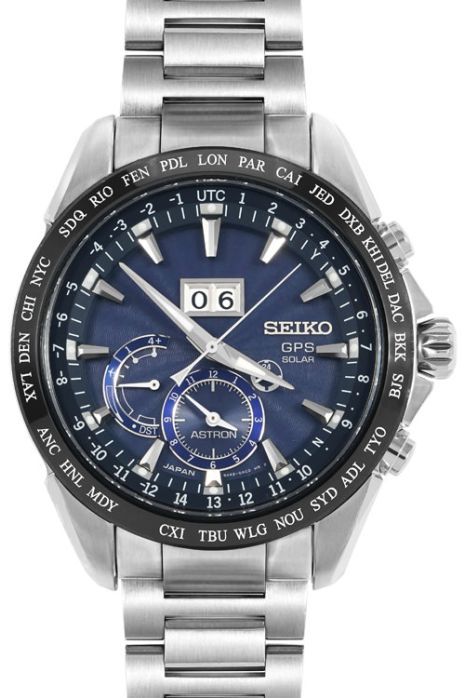
SeikoAstron
NA 45.5 Mmsold out -
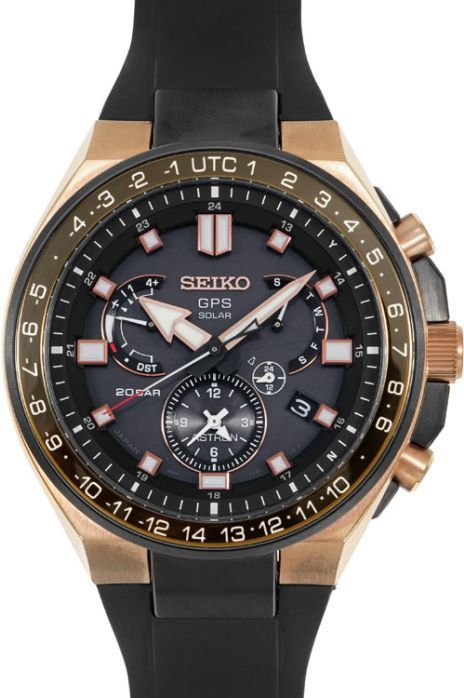
SeikoAstron
2023 46.7 Mmsold out -

SeikoAstron
2019 47 Mmsold out
-
- 1
- 2
Moving Ahead
The legacy of the Seiko empire is closely intertwined with the history of Japan. Their story is one of struggle, ambition, and entrepreneurial genius that began in 1881 with 22-year-old Kintaro Hattori setting up a shop in central Tokyo to sell and repair wall clocks. Just 11 years later, Kintaro acquired a disused factory in Tokyo and converted it into the Seikosha factory (Seiko meaning “exquisite”; Sha meaning “house”), the birthplace of Seiko’s earliest timepieces.
The roaring success of Seikosha’s wall clocks motivated Kintaro to venture into other watchmaking avenues. In 1895, he created a pocket watch called the Timekeeper, which became the precursor for Japan’s first-ever wristwatch in 1913, the Laurel. But Kintaro’s growing success faced a joly, when tragedy struck in 1923 as the Great Kanto earthquake left the Seikosha Factory in ruins. True to his motto of “moving ahead” Kintaro strived to recreate the brand and the first Seiko watch was born in December 1924.
Seiko is associated with many firsts of the watchmaking world, including the world’s first quartz watch, the Astron (1969), the legacy of which continues in their present-day collections. the multi-function digital watch (1975), and the Diver’s 1000m (1986), among several others. They also pioneered the world’s first multi-function digital watch (1975), the Diver’s 1000m (1986), and the UC 2000, the path-breaking watch with computing functionalities to store data. These inventions not only brought Japan to the fore of the industry but also created inspiration for generations to come.
Beyond being a watch brand, Seiko holds a revered position in the art and culture of Japan. The company constructed the famous Wako Clock Tower in 1932. Seiko also served as the official timer at the 18th Olympics in 1964, where they made history by providing 1278 timing devices that recorded less than 1/10 second of difference. This was the beginning of Seiko’s prominence in significant sporting events such as the 1992 Olympics in Barcelona and the 1993 IAAF World Championships in Stuttgart.
Where The Metal Is Moulded
Headquartered in Minato City, Tokyo, Seiko’s manufacturing units are located across Japan. Originally, Seiko watches were made by two different subsidiaries which allowed Seiko to increase its technology and design through competition rapidly. At present, Seiko watches are manufactured at Morioka Seiko Instruments (Shizukuishi), Ninohe Tokei Kogyo (Ninohe), Seiko Epson Corporation (Shiojira), and their subsidiaries facilities across China, Malaysia, and Singapore. Keeping up with their tradition, Seiko practices an in-house integrated production system to produce their luxury watches.
At Morioka Seiko Instruments, Seiko’s high-end mechanical watches are created with supreme finesse and craftsmanship. Tenacious watchmakers put together every Credor Caliber 68 and assemble high-end movements. This is the birthplace of the widely renowned Grand Seiko, a brand established within Seiko in 1960.
At the Seiko Epson Corporation facility, a wide array of processes take place simultaneously. It is here that the brilliance of Seiko’s precious Spring Drive is brought to life. Introduced in 1999, this hallmark technology replaces the traditional escapement with a cutting-edge regulator, that not only delivers smooth and silent glide motion hands but also promises accuracy to the second. Veteran craftsmen hand paint the chime of the Credor Eichi II and perfect the Credor Spring Drive Sonnerie. The Astron GPS Solar, a solar-powered timepiece with a ring antenna allowing auto-adjustments to timezones, is also produced entirely in this unit.
Wearing Perfection
Throughout their history, Seiko has strived for continued excellence and innovation in their watches.
Released in September 2014, the Seiko GPS Astron 8x collection features a 35.5 mm ring antenna fixed on the upper part of the movement. A ceramic bezel covers it. It is equipped with a lithium-ion battery, and the solar charging function of this series requires a 30% exposure to light. In addition, the watch is designed to auto-adjust to new time zones via GPS signals.
Seiko’s trademark is their line of diver’s watches that debuted in 1983 with supreme water resistance and capacity to withstand underwater pressure. In 2014, select Seiko Prospex Diving watches were subjected to tests in the Pacific Ocean off the northeast coast of Japan. The watches succeeded in retaining full functionality up to a staggering depth of 3000m.
Other collections include the Presage which delivers a unique balance between fine mechanical technology with traditional Japanese craftsmanship and art. Some of the pieces in this range of watches use a classic presage enamel dial with a combination of Roman numerals and retro hands takes the wearer back in time to an era of archaic beauty.
Seiko’s offering in the genre of sports watches, the 5 Sports has been known throughout the year for innovative design. Last but not least, the Seiko Premier is the company’s line of classic designs and modern themes, which bring redefining elegance to the wearer.
In a world where watchmaking is often synonymous with Swiss brands, Seiko has carved its niche in reinventing the essence of watches. Today, even after 130 years of inventing cutting-edge technology, Kintaro Hattori’s vision lives on in the company’s dedication to attaining perfection.